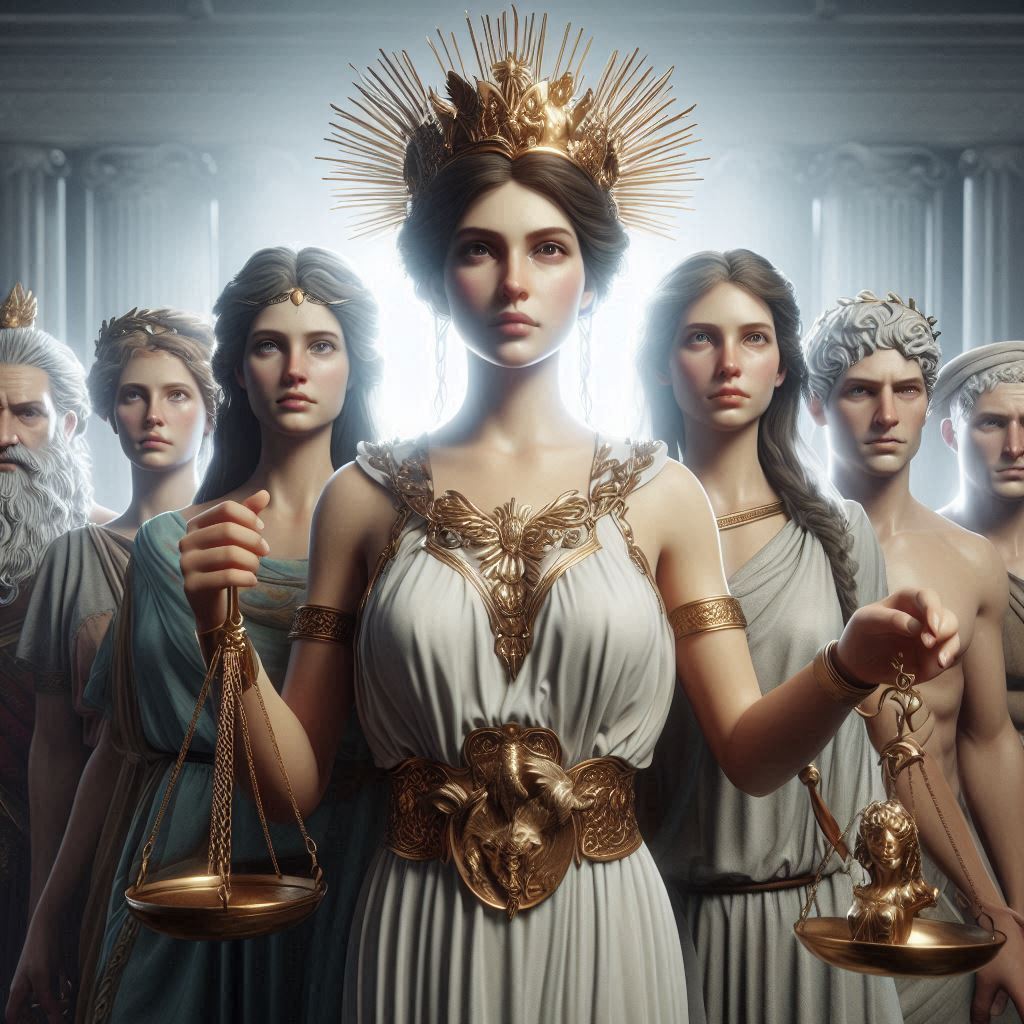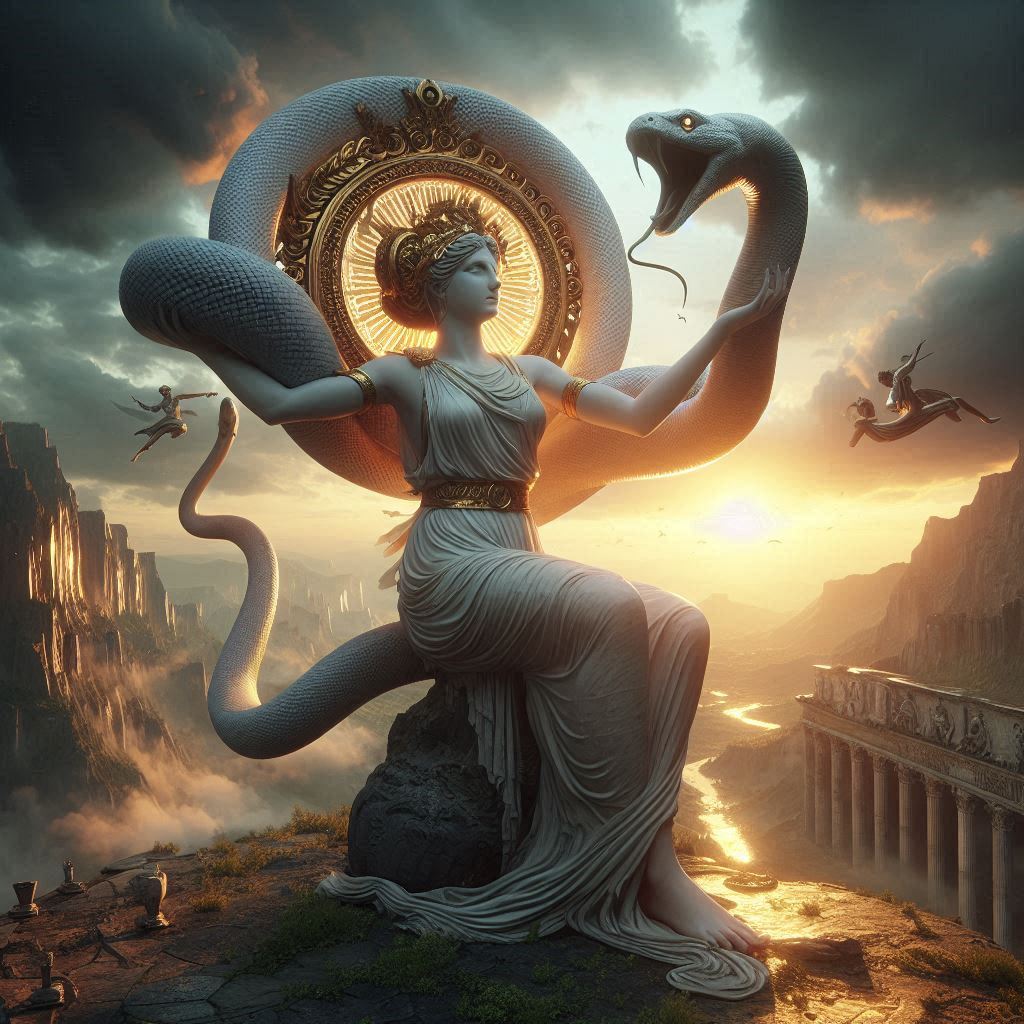Table of Contents
Project Hail Mary: A Symphony of Science and Sacrifice
Andy Weir’s Project Hail Mary is more than a science fiction novel; it is a triumphant celebration of human curiosity, the universal language of problem-solving, and the redemptive power of friendship. Following the story of Ryland Grace, a junior high school teacher turned amnesiac astronaut, the novel takes readers on an interstellar voyage to save humanity from an extinction-level threat. Through its unique narrative structure, its groundbreaking depiction of first contact, and its core philosophy that celebrates intellect and cooperation over conflict, Project Hail Mary establishes itself as a modern classic of hopeful science fiction.

An Unconventional Narrative: Unraveling a Mystery in Two Timelines
The novel immediately hooks the reader with a masterful narrative structure. Ryland Grace awakes alone on a spaceship, millions of miles from Earth, with no memory of who he is or why he is there. This amnesia device is not a gimmick but a powerful storytelling tool. The plot unfolds in two parallel timelines: the present, aboard the Hail Mary, where Grace must painstakingly deduce his mission by observing his surroundings and recovering fragments of memory; and the past, which slowly reveals the dire circumstances on Earth that led to his desperate journey.
This dual timeline creates a compelling mystery. As Grace discovers the purpose of the ship’s equipment or the nature of the astrophage—the alien microbe that is devouring the sun’s energy and causing a new ice age on Earth—the reader pieces together the puzzle alongside him. The gradual revelation of Grace’s past, including his initial reluctance and his ultimate, self-sacrificing decision to join the mission, adds profound emotional depth to the high-stakes scientific challenges of the present. We learn not just what he must do, but who he is and what he has given up, making his eventual choices all the more powerful.
The Science of Survival: Logic as the Protagonist’s Primary Tool
True to Andy Weir’s signature style, rigorous science is a central character in the story. The plot is driven not by laser battles or space opera tropes, but by the meticulous application of physics, chemistry, biology, and engineering. From calculating interstellar trajectories using a binary star system to devising a way to measure the mass of an alien ship, the novel revels in the joy of problem-solving. Ryland Grace, as a former scientist turned teacher, is the perfect vessel for this exploration. His thought process is the engine of the plot, and his successes feel earned because they are based on logical deduction and experimental failure.
This focus on “realistic” science grounds the story and makes the incredible seem plausible. The threat of the astrophage is presented with scientific rigor, and the solutions Grace devises are creative yet bound by the laws of physics. This approach empowers the reader, inviting them to think along with the protagonist and share in the eureka moments. It reinforces the novel’s central theme: that intelligence and reason are humanity’s most powerful assets when facing the unknown.
First Contact as a Cosmic Duet: The Relationship with Rocky
The novel’s most brilliant and heartwarming innovation is its depiction of first contact. Grace discovers that humanity is not alone in facing the astrophage threat. He encounters an alien ship from the planet Eridani, piloted by a spider-like, rock-creatured being he nicknames Rocky. What follows is one of the most authentic and compelling portrayals of interstellar friendship in literature. The process of communication is not magical or instantaneous; it is a slow, arduous, and beautifully detailed collaboration. Grace and Rocky must build a common language from scratch, using mathematics and science as their foundation.
Rocky is far from a fearsome alien invader; he is portrayed as an engineer, a family being, and a loyal friend. His distinct biology, thought processes, and morality make him genuinely alien, yet his dedication to his mission and his growing bond with Grace make him deeply relatable. Their partnership becomes the emotional core of the book, transforming a solitary mission of desperation into a cooperative venture fueled by mutual respect and affection. The message is clear: in the vast, indifferent cosmos, the greatest source of strength is not individual genius, but collaborative spirit.
Themes of Redemption and the Power of Teaching
Beneath the scientific puzzle and the adventure lies a powerful theme of redemption. Through the flashbacks, we learn that Ryland Grace had abandoned a promising research career after a bitter professional dispute. He found a different, perhaps more meaningful, calling as a science teacher, inspiring the next generation. The mission aboard the Hail Mary forces him to reintegrate his two identities: the brilliant researcher and the empathetic teacher.
This synthesis becomes his ultimate salvation. His ability to think like a scientist saves his life, but his skills as a teacher—his patience, his ability to explain complex ideas, and his empathy—are what allow him to communicate with Rocky and build their alliance. The novel argues that knowledge is not just for personal achievement but is most valuable when it is shared and used to uplift others. Grace’s journey is one of rediscovering his purpose, proving that past failures do not define one’s future potential for greatness.
Conclusion: A Hopeful Anthem for the Future
Project Hail Mary is a profoundly optimistic novel. In an age often dominated by dystopian visions, it presents a future where global cooperation, however fraught, is possible in the face of existential threat. It argues that science, when coupled with compassion, is a force for salvation.
The relationship between Grace and Rocky stands as a testament to the idea that friendship and understanding can transcend the vastest differences of biology and origin. Ultimately, the novel’s title is a perfect metaphor: it is a long-shot pass attempt to save the game, thrown not by a lone hero, but by a team—a team that, in its most ideal form, includes all of humanity and, just maybe, a friend from the stars. It is a story that leaves the reader not with a sense of dread, but with a feeling of awe and a renewed belief in the power of a curious mind and a courageous heart.


No responses yet